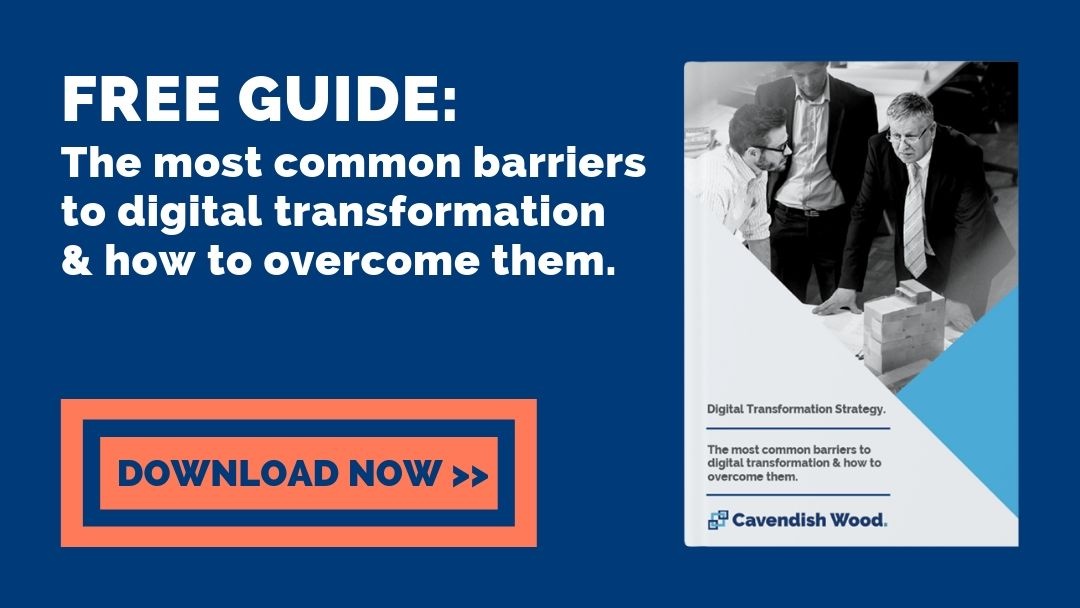
Digital transformation isn’t just about implementing new technology, nor should your company’s transformation or strategy be led by technology. This includes competitor’s technology moves or something new for your industry being released.
Creating business value now sits firmly in the lap of the CIO.
In the digital age, IT no longer just supports the business but must drive value by accelerating time to market and opening access to brand new markets.
This new way of thinking is at the foundation of digital transformation, and the best way to do this is to focus on the customer, who’s constantly evolving digital expectations are endlessly shaped by the wider digital ecosystem around their lives.
So how does a CIO define a digital transformation strategy which is realistic, achievable and has the best chance of achieving successful outcomes for both customers and the business?
There are two key aspects to defining a good transformation strategy.
Digital Maturity
Before undertaking any planning or strategy work It is critical to understand your company’s level of digital maturity.
Without analysing this, you’re very likely to set a strategy which simply isn’t achievable for your business.
Digital maturity is a company-wide measurement of key areas including leadership, culture, existing technology, customer engagement and your company’s current ability to deliver change to name a few.
To undertake this kind of analysis is difficult, and often requires some outside expertise. It is very hard to be critical of your own organisation, and this phase of transformation requires brutal honesty and some painful soul searching!
Understanding digital maturity enables the identification of barriers to transformation and where external and internal gaps have formed, which need to be bridged in the early phases of digital transformation.
The most important of these is the gap between your customers’ digital expectations and the experience you actually deliver to them. However, there are many other areas where gaps form, such as your company and the external conditions it operates in.
Other areas to find gaps are internal such as your company culture, organisational design and KPI’s. In addition, the people at the top of your organisation are very likely to be isolated from customer-facing parts of the business.
It is these gaps, both internal and external that is the very reason your company needs to undertake digital transformation.
Shared Vision for Transformation
It is impossible to define a digital transformation strategy without first developing the shared vision for transformation. To enable change, a shared vision must be clearly articulated right throughout the organisation and be genuinely believed in by all stakeholders.
The vision for transformation needs to clearly explain what needs to change, as well as what the resulting benefits for the company, employees, and customers will look like. This allows the whole organisation to visualise and understand exactly what the company will look like, how it will operate and what the transformation means to them and their daily existence.
The term ‘shared vision’ means exactly that – the whole organisation from top to bottom is engaged and bought into the vision. The company shares it. As a whole, with no exceptions.
The vision will include key metrics and objectives such as customer growth targets, customer service targets and new product or service objectives. The vision should also outline operational objectives.
Whatever the vision looks like, it must be completely inclusive so that the entire company clearly understands the outcomes of undertaking digital transformation.
Once you have a clear understanding of the barriers to transformation, the gaps you need to bridge, and the vision for the transformation, you are ready to define a strategy.

